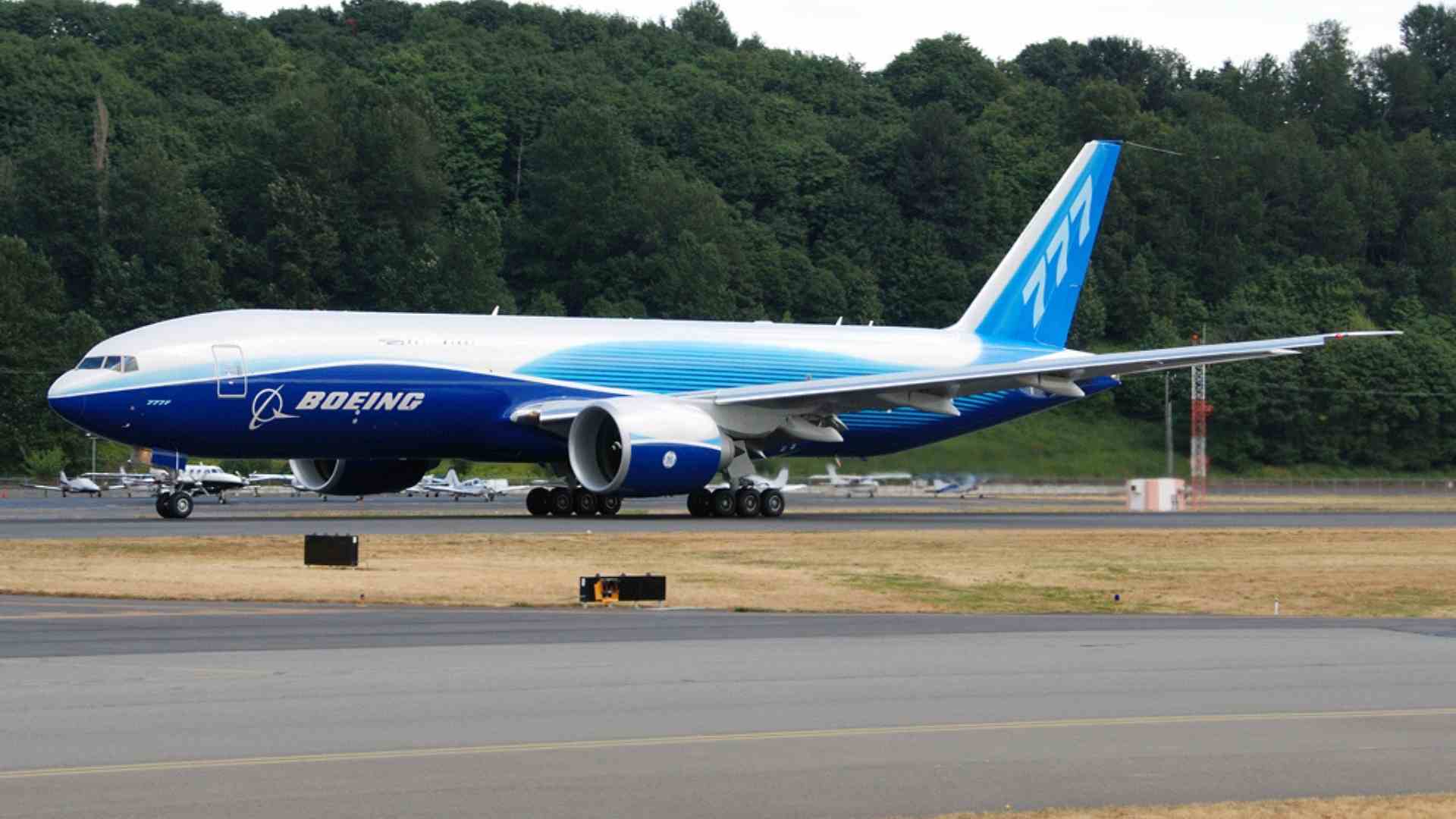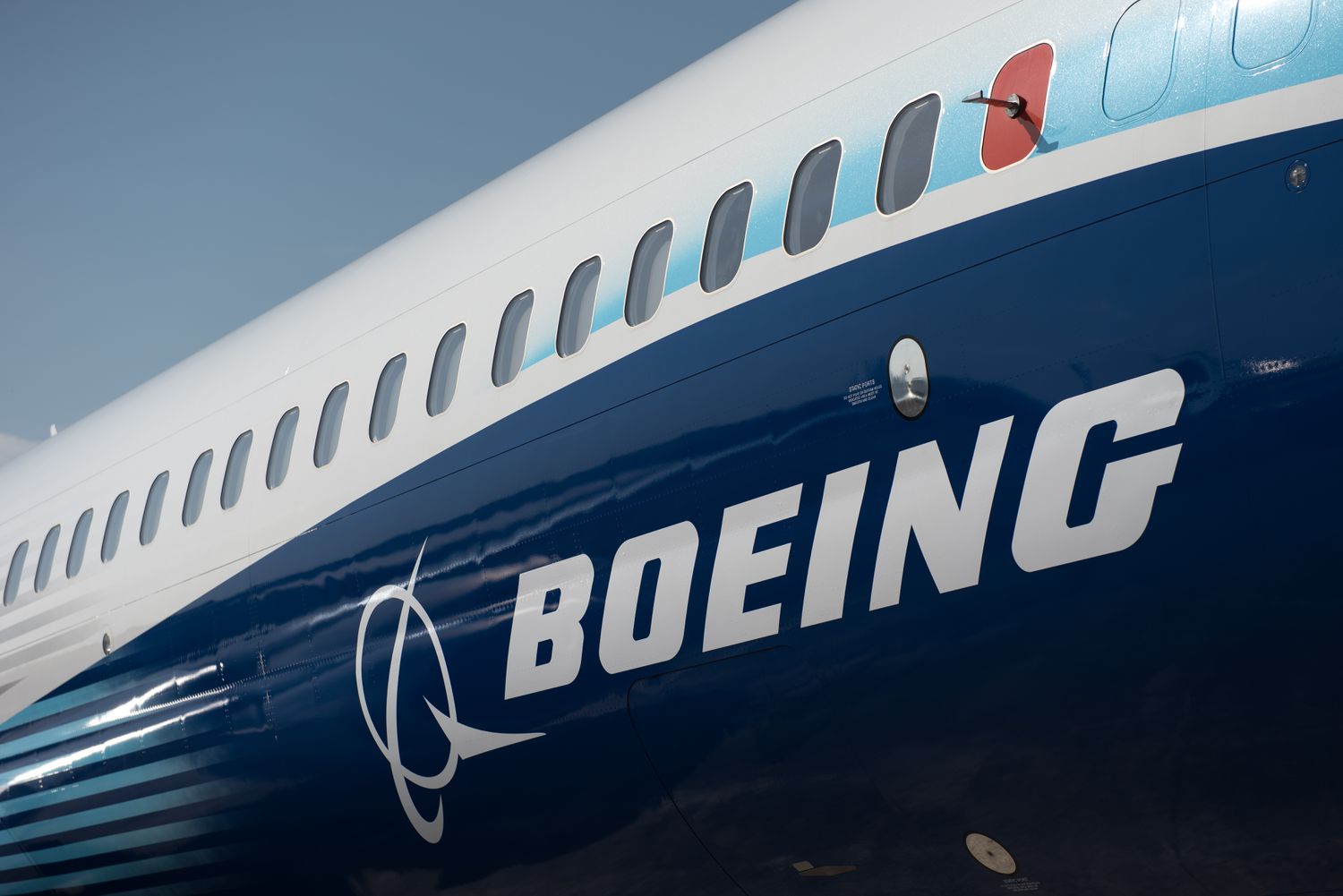Boeing Planes
Boeing planes explosion – Boeing, a global aerospace company headquartered in the United States, has a rich history in aviation spanning over a century. Known for manufacturing commercial airliners, defense systems, and space exploration vehicles, Boeing has played a pivotal role in shaping the aviation industry.
The company’s reputation for innovation and engineering excellence has earned it a leading position in the global aviation market. Boeing planes are renowned for their reliability, safety, and efficiency, making them the preferred choice for airlines worldwide.
Boeing Models, Boeing planes explosion
Boeing offers a diverse range of commercial airliners, each designed to cater to specific market segments and passenger capacities. The company’s flagship models include the 737, 747, 767, 777, and 787 Dreamliner.
- 737: A single-aisle, narrow-body aircraft designed for short-haul flights, with variants such as the 737-700, 737-800, and 737 MAX.
- 747: A wide-body, four-engine aircraft known as the “Jumbo Jet,” renowned for its spacious cabin and long-haul capabilities.
- 767: A wide-body, twin-engine aircraft designed for medium-haul flights, with variants such as the 767-200, 767-300, and 767-400.
- 777: A wide-body, twin-engine aircraft designed for long-haul flights, with variants such as the 777-200, 777-300, and 777-9.
- 787 Dreamliner: A wide-body, twin-engine aircraft known for its advanced composite materials, fuel efficiency, and passenger comfort.
Causes of Boeing Plane Explosions
Explosions on Boeing planes can result from various factors, including mechanical failures, design flaws, and human error. Understanding these causes is crucial for enhancing safety and preventing future incidents.
Mechanical Failures
Mechanical failures can arise from defects in aircraft components, such as engines, hydraulic systems, or electrical wiring. These failures can lead to explosions if they cause fuel leaks, spark generation, or overheating.
- In the 2009 Turkish Airlines Flight 1951 crash, an engine explosion occurred due to a faulty oil filter, resulting in the aircraft’s breakup and the tragic loss of 9 people.
- The 2018 Lion Air Flight 610 disaster was attributed to a design flaw in the aircraft’s flight control system, which led to repeated nosedives and ultimately the plane’s crash.
Design Flaws
Design flaws in Boeing planes have also contributed to explosions. These flaws may relate to the aircraft’s structure, systems, or software.
- The 2014 Malaysia Airlines Flight 17 crash was caused by a structural failure resulting from a design flaw in the aircraft’s fuselage.
- The 2019 Ethiopian Airlines Flight 302 crash involved a design flaw in the aircraft’s software, leading to an automatic nosedive and the loss of 157 lives.
Human Error
Human error can also play a role in Boeing plane explosions. This may include pilot mistakes, maintenance errors, or improper handling of hazardous materials.
- The 1996 ValuJet Flight 592 crash was caused by an improperly secured oxygen generator, which sparked a fire and led to the aircraft’s explosion.
- The 2010 UPS Airlines Flight 6 crash occurred due to a pilot error, resulting in the aircraft’s impact with a mountain and subsequent explosion.
Impact of Boeing Plane Explosions

Boeing plane explosions have far-reaching and devastating impacts, affecting not only the immediate victims but also the airline industry, the general public, and Boeing itself. The consequences are both immediate and long-term, leaving lasting scars on individuals, organizations, and the reputation of the aviation industry.
The immediate impact of a Boeing plane explosion is the loss of life and injuries to passengers and crew. The force of the explosion can cause severe trauma, burns, and other life-threatening injuries. In addition to the physical toll, survivors often suffer from psychological trauma, including post-traumatic stress disorder (PTSD), anxiety, and depression.
The Airline Industry
Boeing plane explosions have a significant impact on the airline industry. The grounding of Boeing 737 MAX aircraft following two fatal crashes in 2018 and 2019 resulted in billions of dollars in lost revenue for airlines and disrupted travel plans for millions of passengers. The long-term impact on the industry’s reputation and public trust remains to be seen.
The General Public
Boeing plane explosions can erode public trust in air travel. The crashes of Boeing 737 MAX aircraft have raised concerns about the safety of modern aircraft and the regulatory oversight of the aviation industry. The long-term impact on public perception of air travel is difficult to predict but could potentially lead to a decline in demand for air travel.
Boeing
Boeing has faced significant financial, legal, and reputational consequences as a result of the plane explosions. The company has been sued by victims’ families and shareholders, and has agreed to pay billions of dollars in compensation and fines. The company’s reputation has also been damaged, and it is likely to face increased scrutiny from regulators and the public in the future.
Prevention and Mitigation of Boeing Plane Explosions: Boeing Planes Explosion

In the wake of the tragic Boeing plane explosions, the aviation industry and Boeing have implemented comprehensive measures to enhance safety and prevent future incidents. These measures encompass safety enhancements, training and maintenance protocols, and technological advancements.
Safety Enhancements
Boeing has introduced a range of safety enhancements to its aircraft, including:
- Strengthened fuel tanks to reduce the risk of leaks and explosions
- Redesigned electrical systems to minimize the potential for short circuits
- Improved fire detection and suppression systems
- Enhanced cockpit displays and controls to provide pilots with better situational awareness
Training and Maintenance Protocols
The aviation industry has implemented rigorous training and maintenance protocols to ensure that Boeing planes are operated and maintained safely.
- Pilots undergo extensive training on emergency procedures, including how to respond to potential explosions
- Maintenance personnel receive specialized training on the unique characteristics of Boeing aircraft
- Regular inspections and maintenance are conducted to identify and address potential safety issues
Technological Advancements
Technological advancements have also played a crucial role in preventing and mitigating Boeing plane explosions. These advancements include:
- Advanced fire detection and suppression systems that can quickly extinguish fires
- Real-time monitoring systems that allow engineers to remotely track aircraft performance and identify potential problems
- Predictive maintenance algorithms that can identify components at risk of failure
The effectiveness of these measures is evident in the significant reduction in Boeing plane explosions in recent years. However, there is always room for improvement, and the aviation industry continues to explore new technologies and protocols to further enhance safety.
Case Studies of Notable Boeing Plane Explosions

Boeing plane explosions have unfortunately occurred throughout the history of aviation, resulting in tragic loss of life and raising concerns about aircraft safety. To better understand the causes, consequences, and lessons learned from these incidents, we will delve into in-depth case studies of three notable Boeing plane explosions:
TWA Flight 800 Disaster
On July 17, 1996, TWA Flight 800, a Boeing 747, exploded over the Atlantic Ocean shortly after takeoff from John F. Kennedy International Airport in New York City. All 230 passengers and crew members perished in the disaster.
The investigation concluded that the explosion was caused by a spark in the center fuel tank, which ignited a fuel-air mixture. The spark was likely caused by a short circuit in the aircraft’s electrical system.
The TWA Flight 800 disaster led to significant changes in aircraft safety regulations, including the installation of fuel tank inerting systems to prevent explosions in the event of a fuel leak.
Lion Air Flight 610 Crash
On October 29, 2018, Lion Air Flight 610, a Boeing 737 MAX 8, crashed into the Java Sea shortly after takeoff from Jakarta, Indonesia. All 189 passengers and crew members were killed.
The investigation revealed that the crash was caused by a faulty flight control system known as the Maneuvering Characteristics Augmentation System (MCAS). The MCAS pushed the aircraft’s nose down repeatedly, making it impossible for the pilots to regain control.
The Lion Air Flight 610 crash led to the grounding of the Boeing 737 MAX worldwide and prompted Boeing to make significant changes to the aircraft’s flight control system.
Ethiopian Airlines Flight 302 Accident
On March 10, 2019, Ethiopian Airlines Flight 302, a Boeing 737 MAX 8, crashed shortly after takeoff from Addis Ababa, Ethiopia. All 157 passengers and crew members were killed.
The investigation concluded that the crash was caused by the same faulty MCAS system that caused the Lion Air Flight 610 crash. The MCAS pushed the aircraft’s nose down repeatedly, despite the pilots’ attempts to regain control.
The Ethiopian Airlines Flight 302 accident led to the worldwide grounding of the Boeing 737 MAX for a second time and prompted Boeing to make further changes to the aircraft’s flight control system.
Conclusion
The analysis of Boeing plane explosions reveals several key findings and insights. First, it highlights the importance of rigorous safety standards and maintenance procedures to prevent catastrophic events. Second, it underscores the need for continuous innovation and technological advancements to enhance aircraft safety. Third, it emphasizes the significance of effective communication and coordination among airlines, manufacturers, and regulatory authorities to address safety concerns promptly and efficiently.
Ongoing Efforts to Improve Safety
In response to the incidents discussed, Boeing and other aircraft manufacturers have implemented several measures to improve safety. These include:
- Enhanced training programs for pilots and maintenance personnel
- Upgraded aircraft systems with advanced safety features
- Regular inspections and maintenance protocols
- Collaboration with regulatory agencies to develop and implement safety regulations
Additionally, ongoing research and development efforts are focused on exploring new technologies, such as artificial intelligence and predictive analytics, to further enhance aircraft safety.